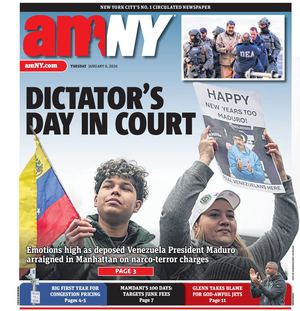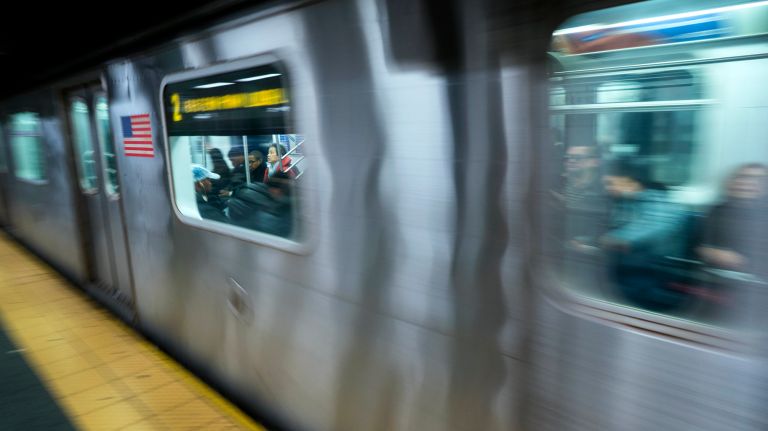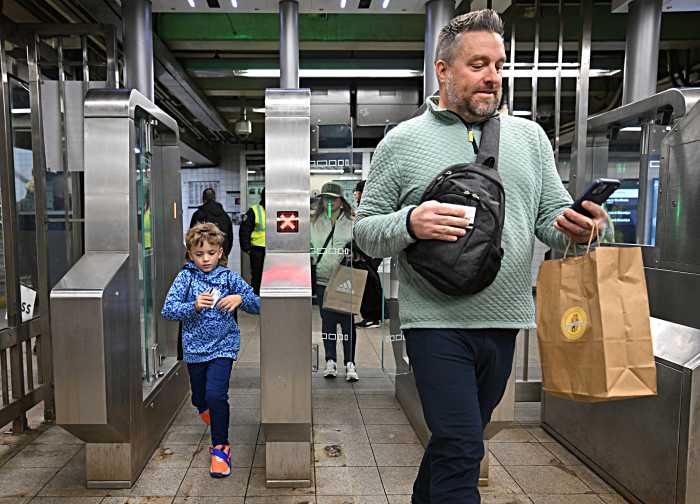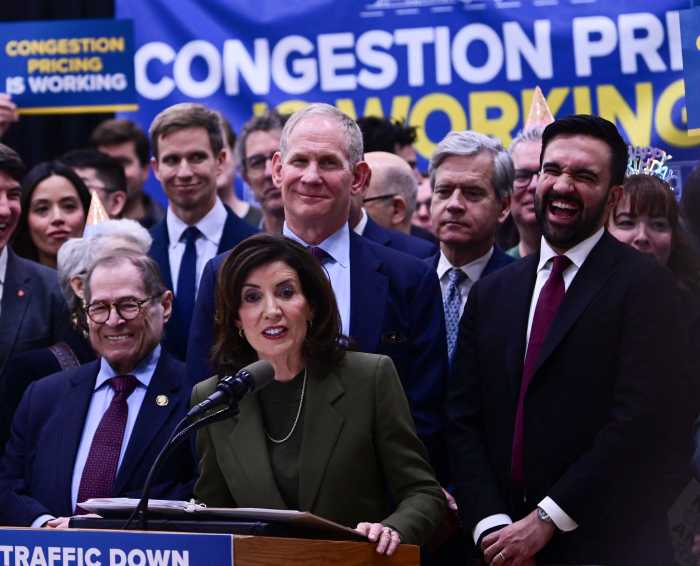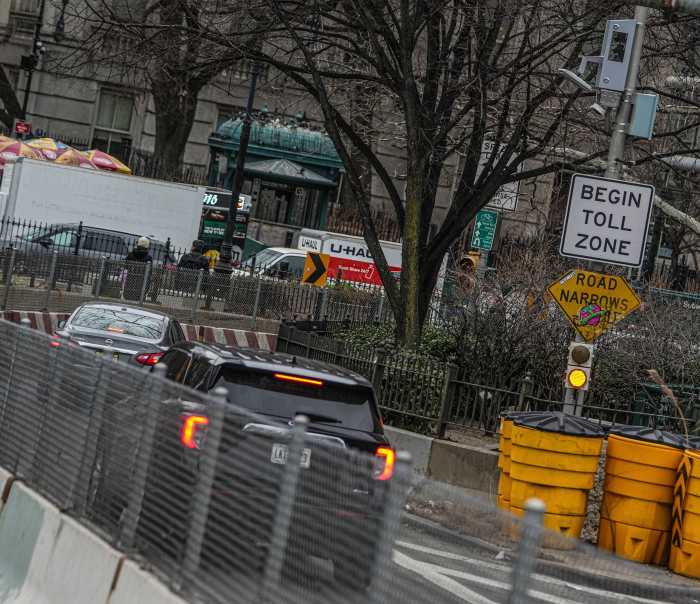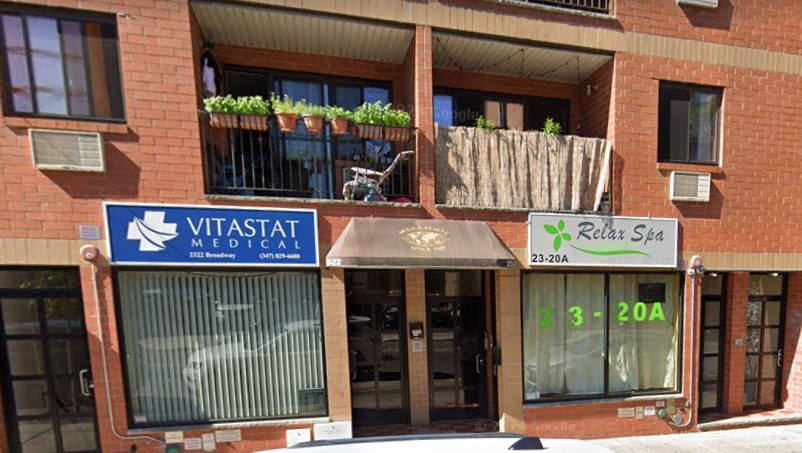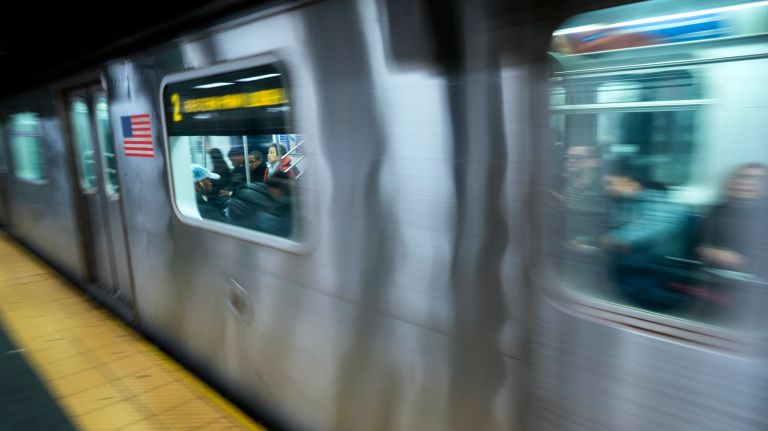
The city’s subway system continued gradual improvement in June as a potentially mammoth reorganization of the MTA looms.
The MTA’s on-time performance of trains surpassed 80 percent last month for the first time in nearly six years. On-time performance measures the percentage of trains that arrive at a terminal within five minutes of their scheduled time and is a common benchmark for quality of service.
MTA officials continued to credit the Subway Action Plan, a strategy to increase maintenance, and the Save Safe Seconds program to re-evaluate speed restrictions and fix faulty speed control equipment, the latter of which the MTA believes had slowed train movements for years. New subway vacuum equipment also helped reduce train delays, allowing more efficient clearing of flammable debris from the tracks, according to the authority.
“Today, one year of sustained improvements show that our subway team’s emphasis on the basics and our push to make strategic institutional changes at every level is getting solid results that we’re proud of — solid results for our customers,” said MTA president Pat Foye in a news conference Thursday.
Weekday subway on-time performance reached 81.5 percent in June, the highest since August 2013. Major Incidents, instances in which 50 or more trains are delayed, are also trending downward, and the MTA managed to cut the number of delays by at least 10,000 for the tenth consecutive month — though service is still not at respectable levels.
“We’re still not satisfied. We know we have a long way to go, but we’re clearly moving in the right direction,” said NYC Transit President Andy Byford. “We’re working to squeeze every drop of performance out of the existing system while in parallel we continue to re-signal the system, the bedrock of our Fast Forward plan to transform the subway.”
Concerns have mounted in recent weeks and months that Byford might not have the power to oversee Fast Forward, his 10-year plan to modernize transit service that is hinged on bringing computerized signals to a majority of subway lines and better wheelchair access to their stations.
The MTA’s consultant, Alix Partners, is finishing up its report on recommendations for a legally mandated reorganization of the authority, which was written into Gov. Andrew M. Cuomo’s state budget. Advocates fear it could strip Byford of the power to execute his vision himself.
“There are always concerns that officials at the MTA are going to be able to fulfill their own plans and not have them pulled away due to political projects or political whims,” said Rachael Fauss, of the good-government group Reinvent Albany. “The ability for New York City Transit to implement Fast Forward fully is still a concern, given the talks about having certain components, like construction management, moved over to headquarters.”
The reorganization report could potentially have significant ramifications for how the MTA is structured, but it has maddened Reinvent Albany and other groups that have slammed the budget for mandating a reorganization plan within six months and the MTA for not doing enough to make the process as transparent as possible.
“The law is super confusing and it’s a byproduct of the Legislature and governor coming to agreement in a very quick process. To do a reorganization plan in six months is still incredibly fast — the timelines set in law are not ideal for deliberative and publicly engaged process,” Fauss added. “But the law should be viewed as a floor and not a ceiling and the MTA should engage in a public process.”
Foye insisted that the plan wasn’t being hatched “in secret.”
“The board’s consideration at the July meeting is frankly the first step. There’ll be an additional report that Alix Partners … will issue 30 days [later], around the end of August. And then the final report, which will incorporate public comments, those from advocates, those from customers, those from riders, is due by the end of October.”
Fauss said the “cynical view” is that outside input would do little to change a report already moved through the MTA’s board.
